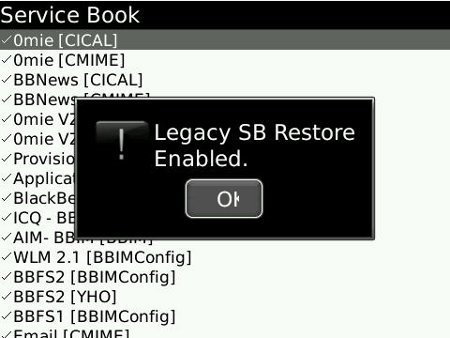Have you ever been too busy to check in with your voicemail service? PhoneTag might have the solution for you.
Some of us might have done it before, let voicemails pile up if we know nothing urgent or important is coming down the pipes. Wouldn’t it be much simpler and more convenient if those voicemails played by our rules? PhoneTag is a speech to text service that converts a voicemail into text and sends it via email or SMS which you can read through and reference at will. The accuracy on this type of service is usually pretty good, but some translation is required as spoken words can sometimes be misinterpreted depending on the clarity of the call. On the security side of things, we tend to be a little hesitant of personal and business voicemails running through an extra service. PhoneTag does state that they use some kind of “special algorithm” that will guarantee voicemails are secure and private.
While there is a free trial period, this service is going to cost you. You can sign up for anything from a per message price of $.35 to an unlimited plan of $29.95/month. You are going to have to do your own calculations here to see if this is the best way to go, but this will save you from using your monthly minutes for checking the voicemails in your mailbox. As alternatives, Google Voice offers the same service for free and SpinVox charges a fee per use.















